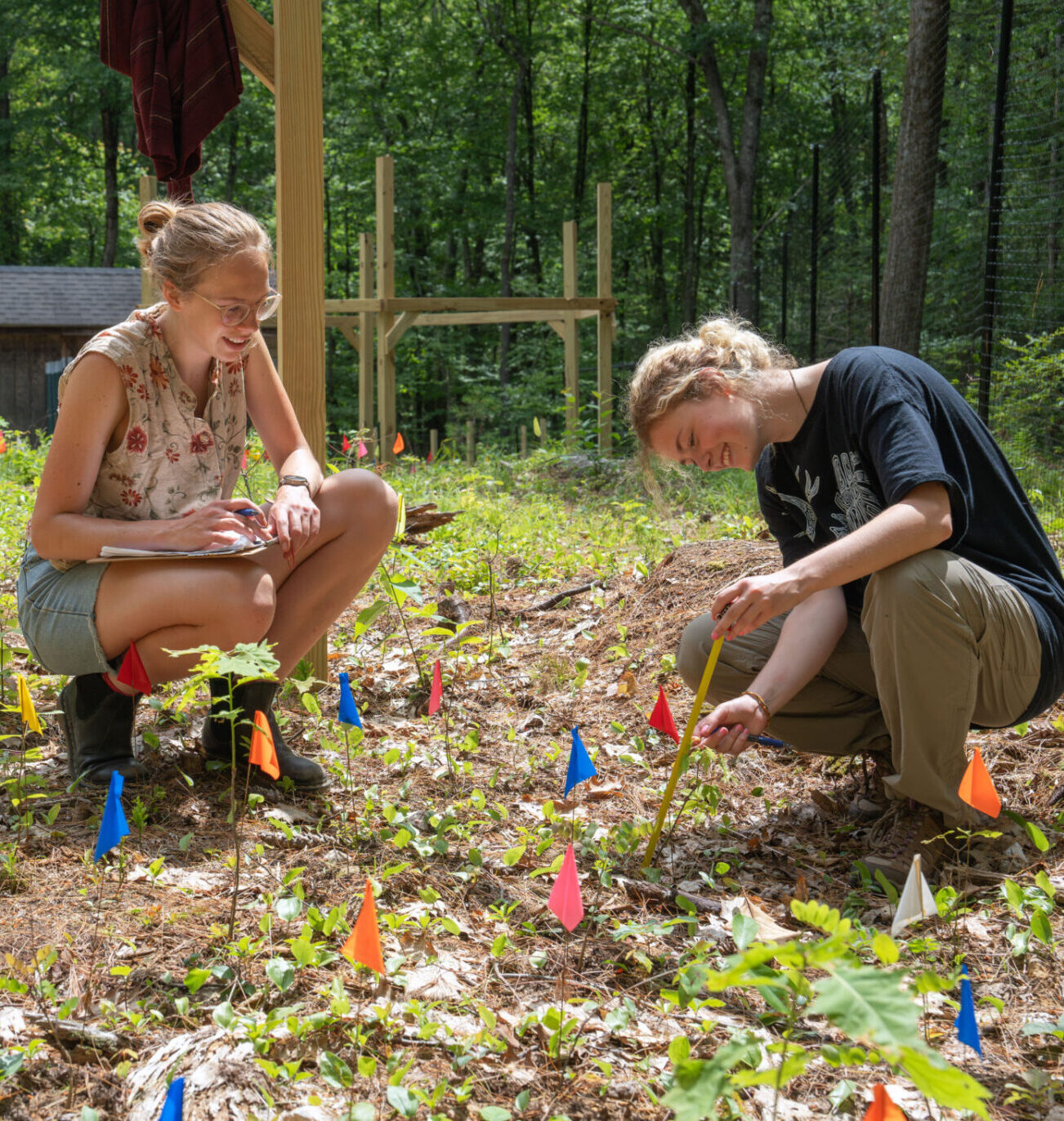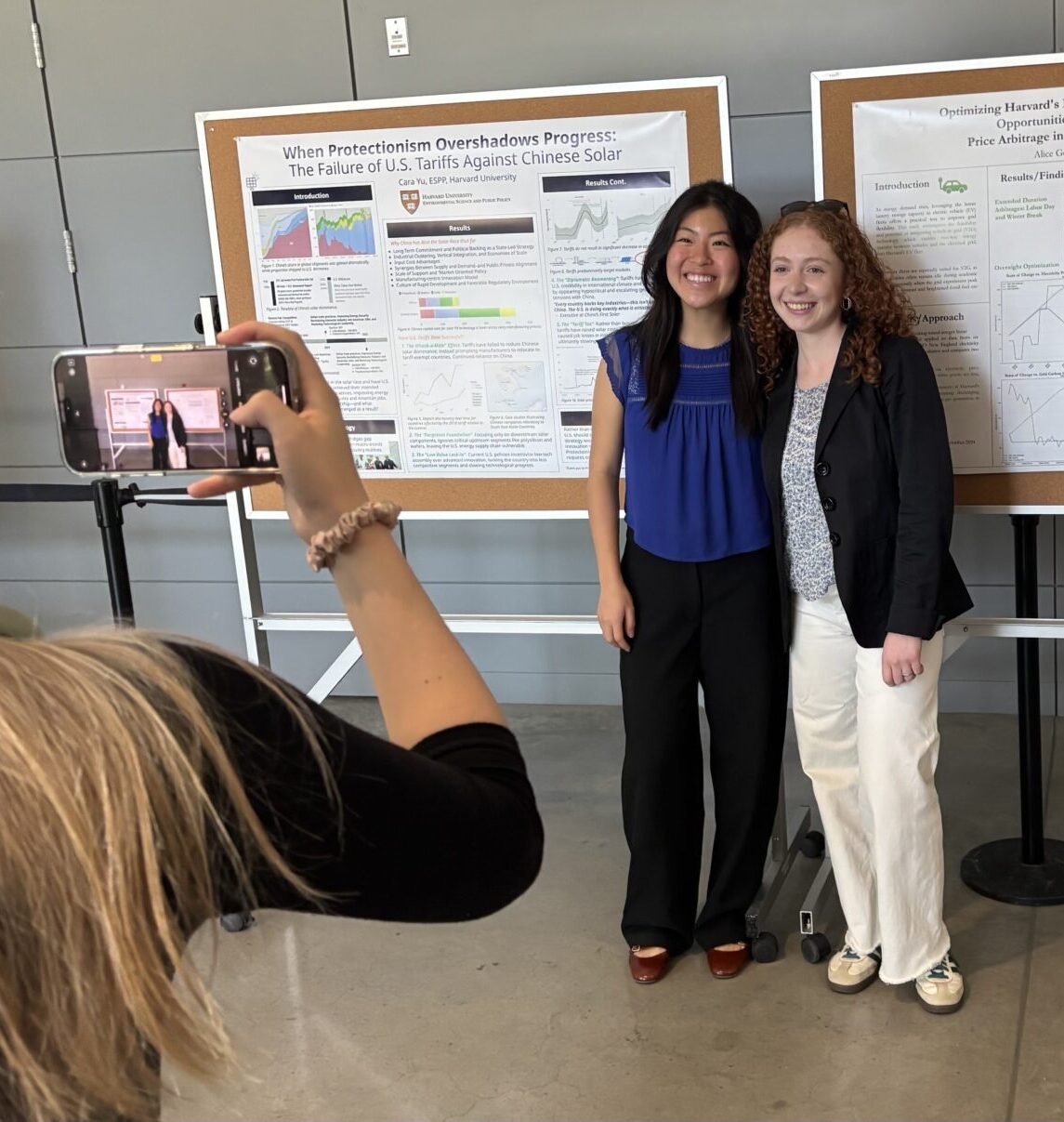Built Environment, Nature, and Health
The built environment – our homes, schools, businesses, streets and sidewalks, and transportation options – and the natural environment – features such as vegetation, water, parks, and open spaces – directly and indirectly impact health and well-being. The places where we live, learn, work, and play can determine our exposure to pollution, influence our health behaviors, and ultimately drive disease risk. The built and natural environment can contribute to health outcomes that are the major contributors to morbidity and mortality in the US, and increasingly globally. Moreover, decisions on how we have designed our built and natural environments are long-lasting and can disproportionately impact the health of individuals of varied ages, abilities, races, ethnicities, and socioeconomic levels. Through this course, participants will learn how to study the influence of built and natural environments on an array of health outcomes, receive a basic introduction to Geographic Information Systems (GIS) (no prior knowledge required), will learn to assess the evidence behind different associations observed in the literature, and will explore the policy and decision-making processes that facilitate built and natural environment changes.








